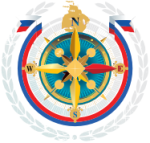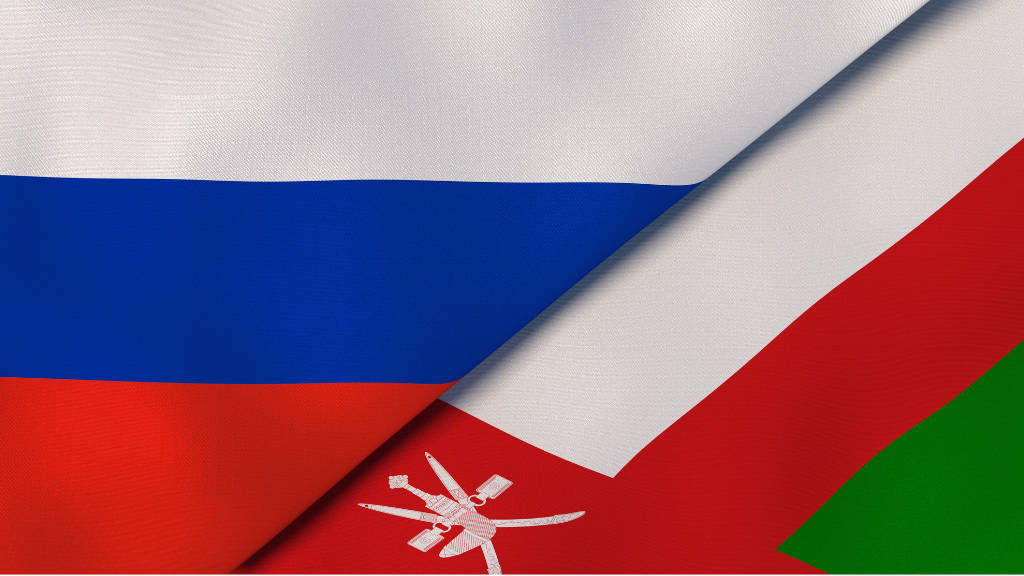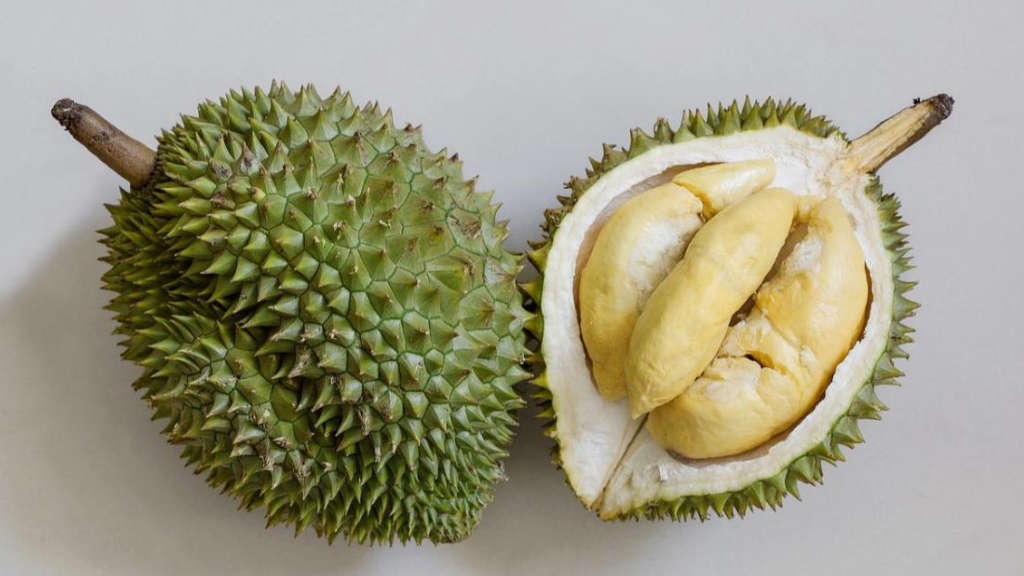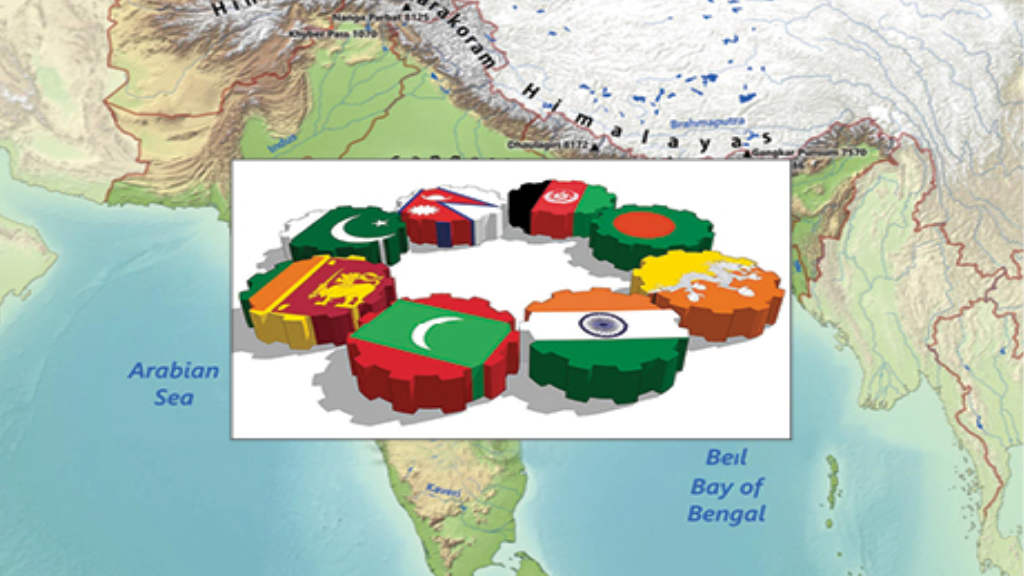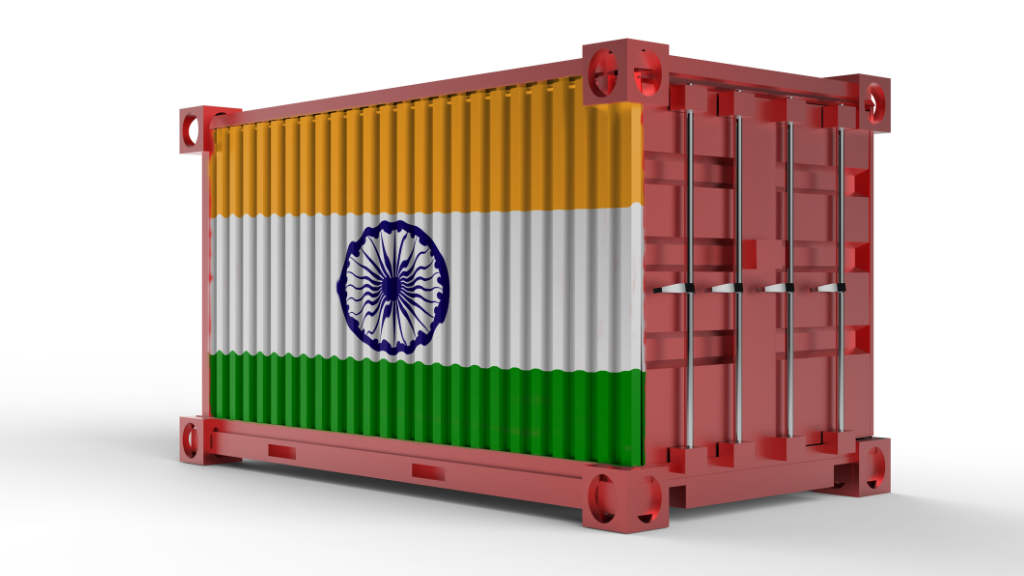The Russian President, Vladimir Putin, and Sultan Haitham bin Tariq Al Said, the Sultan of Oman, have been holding talks in Moscow to address the main tracks of further development of Russian-Oman cooperation, including the trade-economic, financial-investment and cultural-humanitarian spheres, as well as vital international and regional issues.
Oman is strategically located in the south of the Arabian Peninsula, serving as a link between the Gulf region, Asia, and Africa, with a strong emphasis on trade and economic diversification.
Oman’s economy remains heavily reliant on oil and gas, which contribute significantly to government revenue and exports. The country continues to enhance oil recovery and expand natural gas production while actively diversifying its economy under its Oman Vision 2040. Key sectors such as tourism, mining, fisheries, and renewable energy are gaining prominence. Tourism is growing, fueled by Oman’s cultural heritage, natural landscapes, and investments in luxury resorts and eco-tourism. Mining is one of the targeted sectors of the national government as part of its economic diversification programme. Although there are many mining operations in the country, Oman’s mineral resources, including metals and industrial minerals, are still relatively untapped. The country is rich in huge reserves of copper, chromite, limestone and gypsum. Fisheries and aquaculture enjoy government support to increase exports.
Manufacturing is crucial for diversification, focusing on petrochemicals, fertilizers, and aluminum, with industrial zones like Sohar Freezone and Salalah Free Zone driving growth. Renewable energy, particularly solar and wind, is a priority as Oman seeks to reduce reliance on hydrocarbons and lead in green hydrogen production. Logistics, supported by key ports in Duqm, Sohar, and Salalah, strengthens Oman’s role as a regional trade hub. Additionally, the country is advancing digital transformation, fostering growth in IT, fintech, and e-governance.
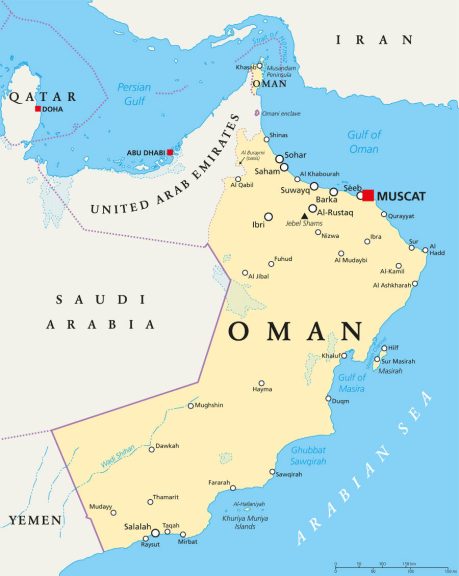
Oman is a member of the Gulf Cooperation Council (GCC), benefiting from regional free trade agreements that allow duty-free access and promote economic integration. Through the GCC, Oman has agreements with Singapore, the European Free Trade Association, and other key partners. The United States-Oman Free Trade Agreement further enhances access to U.S. markets, while Oman’s membership in the Arab Free Trade Area facilitates trade within the Arab League. As a member of the World Trade Organization, Oman adheres to global trade rules and promotes multilateral trade. Bilateral Investment Treaties with countries like China, India, and Germany also boost foreign direct investment.
With a population of approximately 5.28 million, Oman has a GDP (PPP) of US$221.1 billion and a GDP (PPP) per capita of US$41,652. The economy is projected to grow by 3.1% in 2025.
Oman’s bilateral trade with Russia has seen steady growth, increasing from US$171.7 million in 2021 to US$250.8 million in 2022, and reaching US$346 million in 2024. Oman exports phosphates, nitrogen, potassium products as well as dates to Russia, and imports wheat, vegetables, fertilizers and machinery.
277 Russian invested businesses currently operate in Oman across a wide variety of sectors, including retail, logistics and financial services.
Bilateral agreements, including visa-waiver programmes, fishing and tourism have been signed between the two countries.
Further Reading
